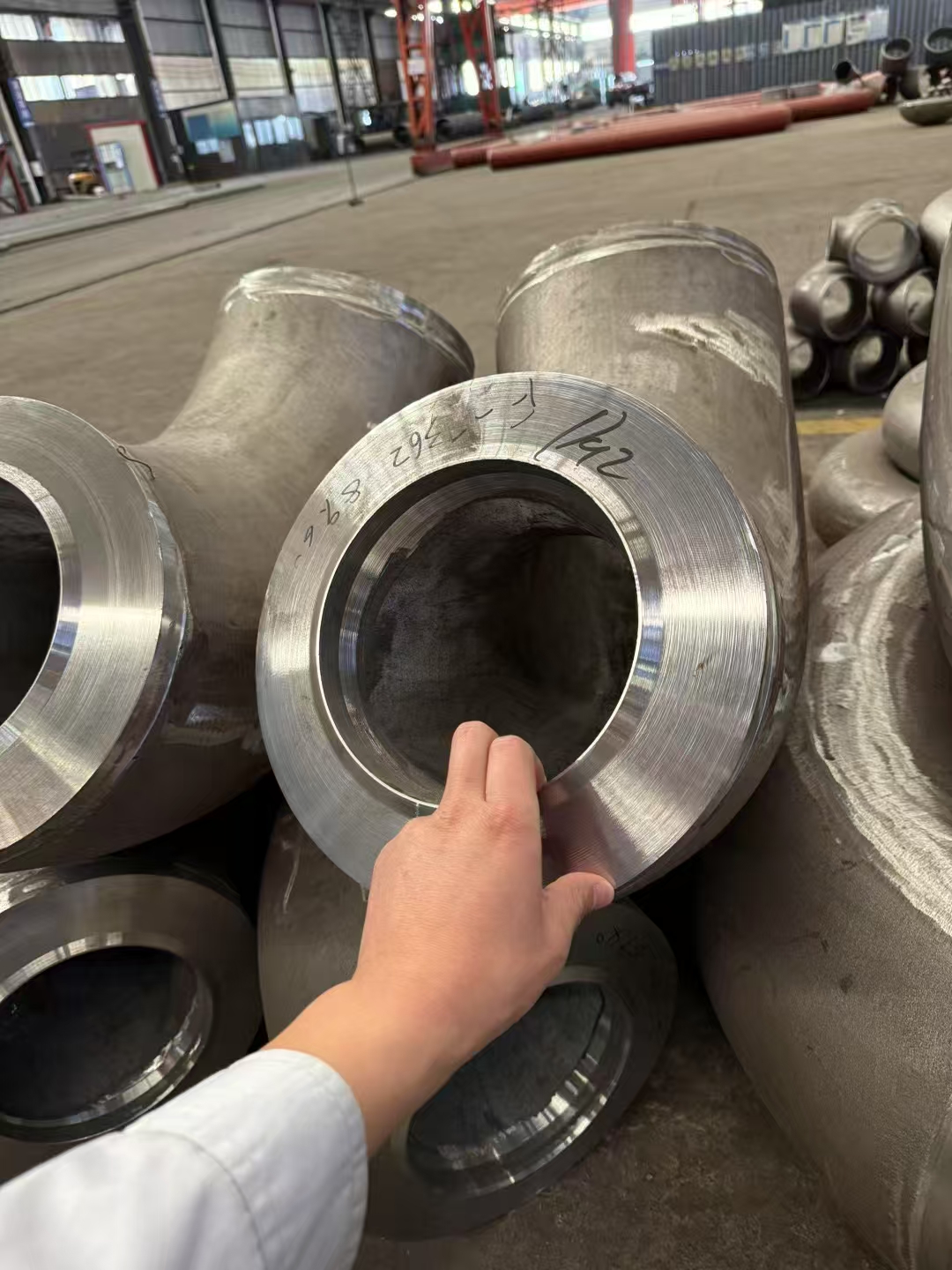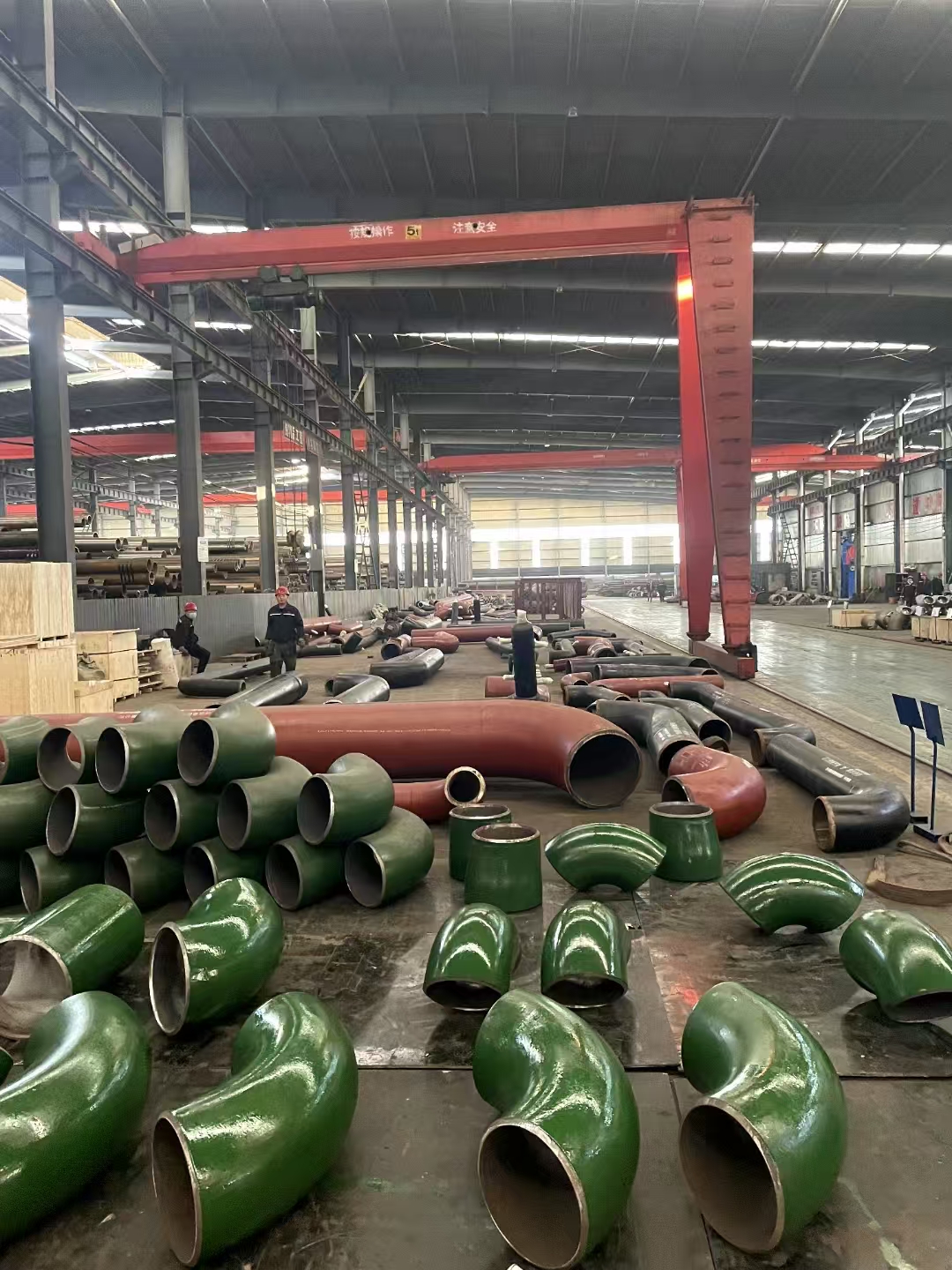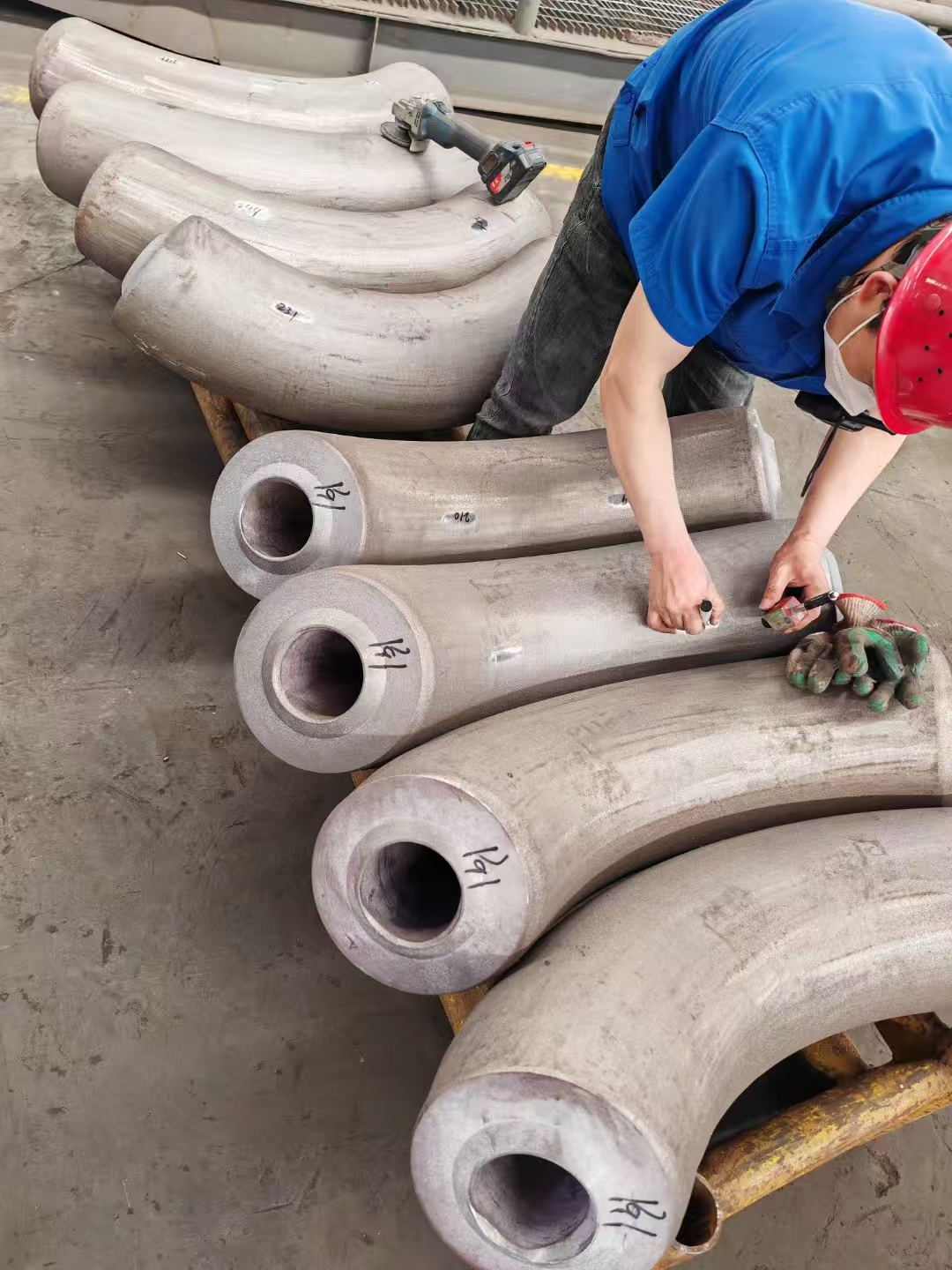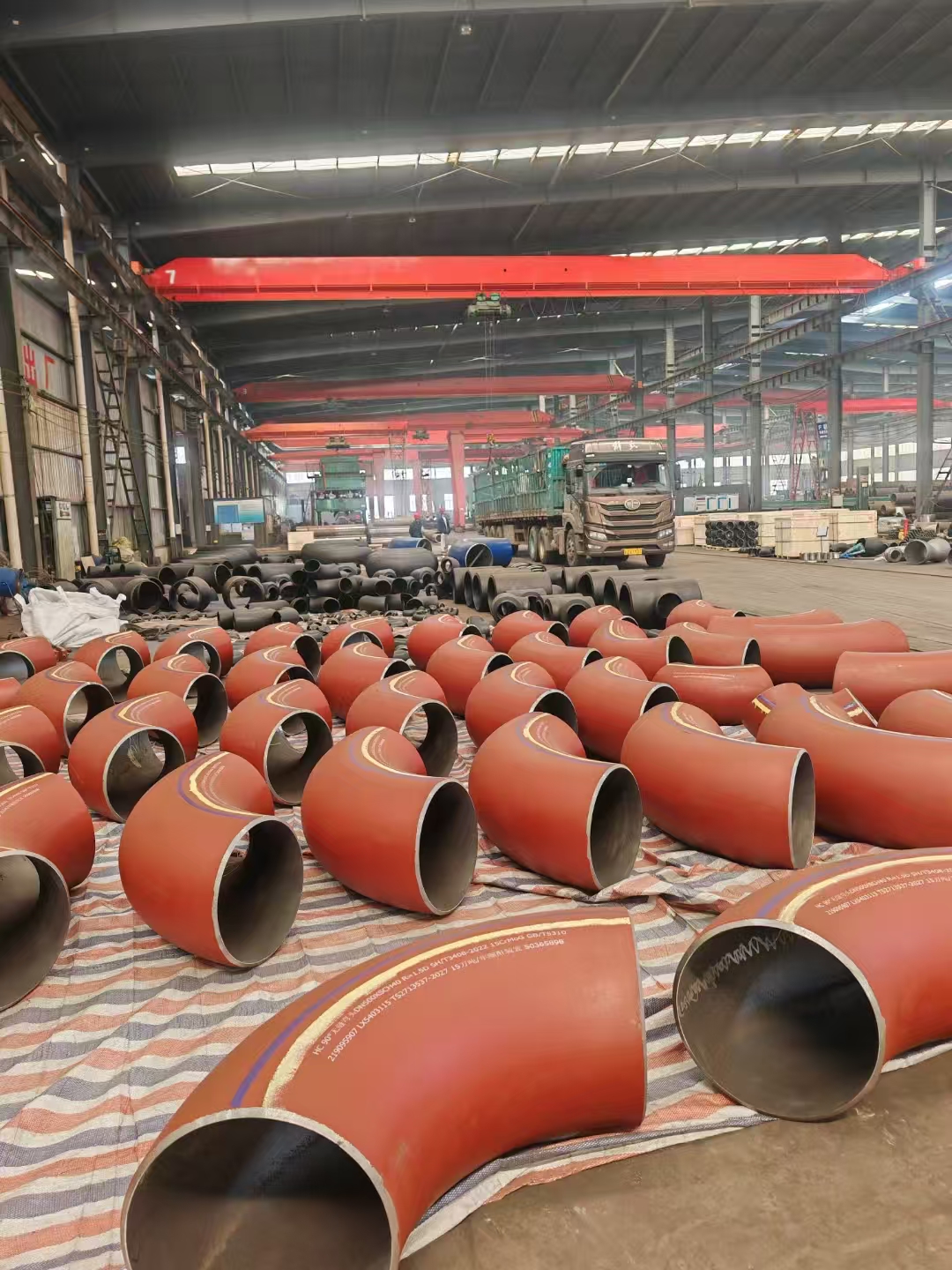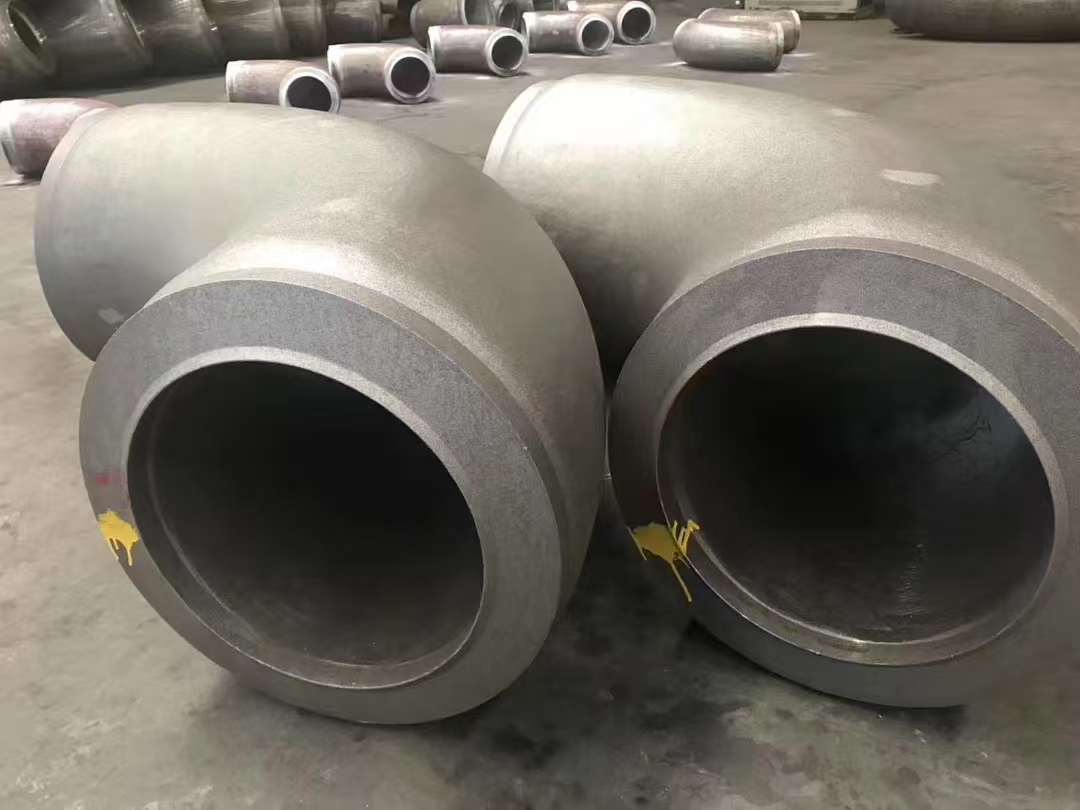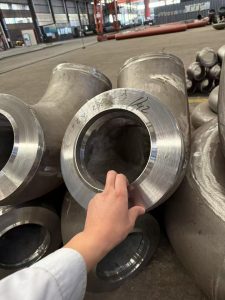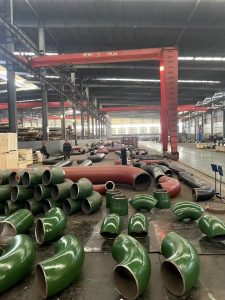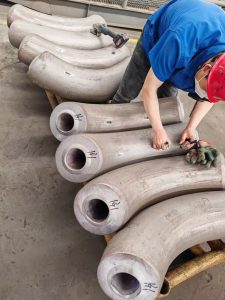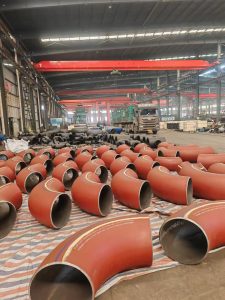316L Mo ≥ 2.5% is a high alloy stainless steel material that exhibits excellent performance in FPSO (Floating Production Storage Tanker). The following is some information about the performance of 316L Mo ≥ 2.5% in FPSO:
1. Seawater corrosion resistance: As an offshore equipment, FPSO needs to be able to withstand seawater corrosion in the marine environment, especially the erosion of chloride ions. 316L Mo ≥ 2.5% stainless steel material has excellent seawater corrosion resistance and can operate stably in marine environments for a long time, reducing material corrosion and damage.
2. High temperature resistance: FPSO needs materials that can maintain stable performance when subjected to high temperature environments during petroleum production and processing. 316L Mo ≥ 2.5% stainless steel material has excellent high-temperature resistance, which can maintain good strength and stability under high temperature conditions, ensuring the safe operation of the equipment.
3. Spot corrosion resistance: In FPSO, there is a risk of spot corrosion, especially from chloride ions. By adding high alloy elements such as molybdenum, 316L Mo ≥ 2.5% stainless steel material has excellent resistance to pitting corrosion, which can effectively reduce the risk of pitting corrosion and extend the service life of the equipment.
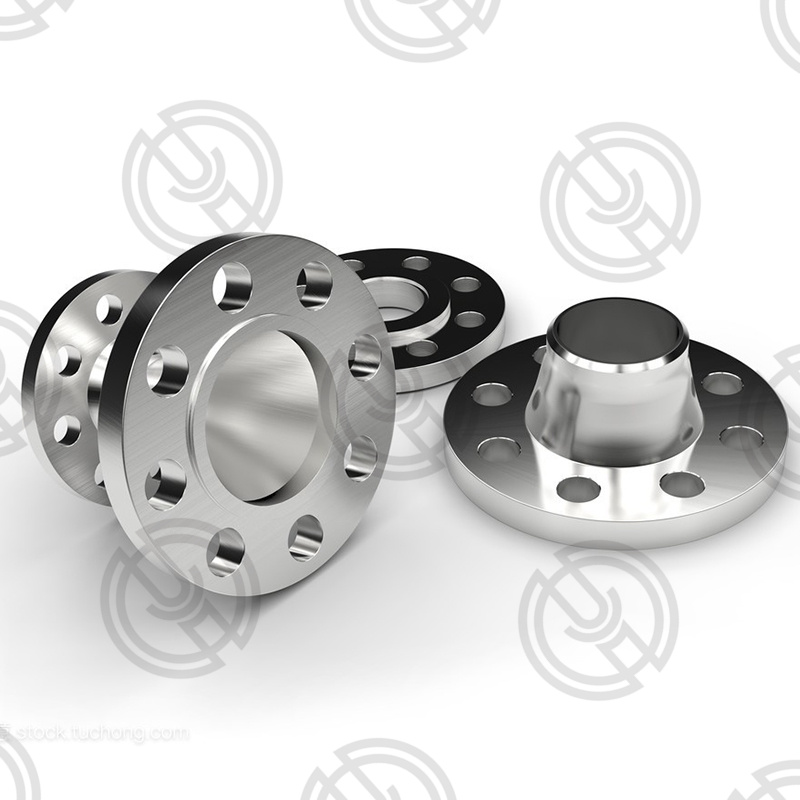
4. Strength and toughness: 316L Mo ≥ 2.5% stainless steel material has good strength and toughness, and can withstand the mechanical loads and vibrations of FPSO in the marine environment, ensuring the reliability and stability of the equipment.
5. Maintenance and reliability: 316L Mo ≥ 2.5% stainless steel material has good maintainability and can be used for routine maintenance and repair. In addition, the material has high reliability and can meet the long-term operation requirements of FPSO.
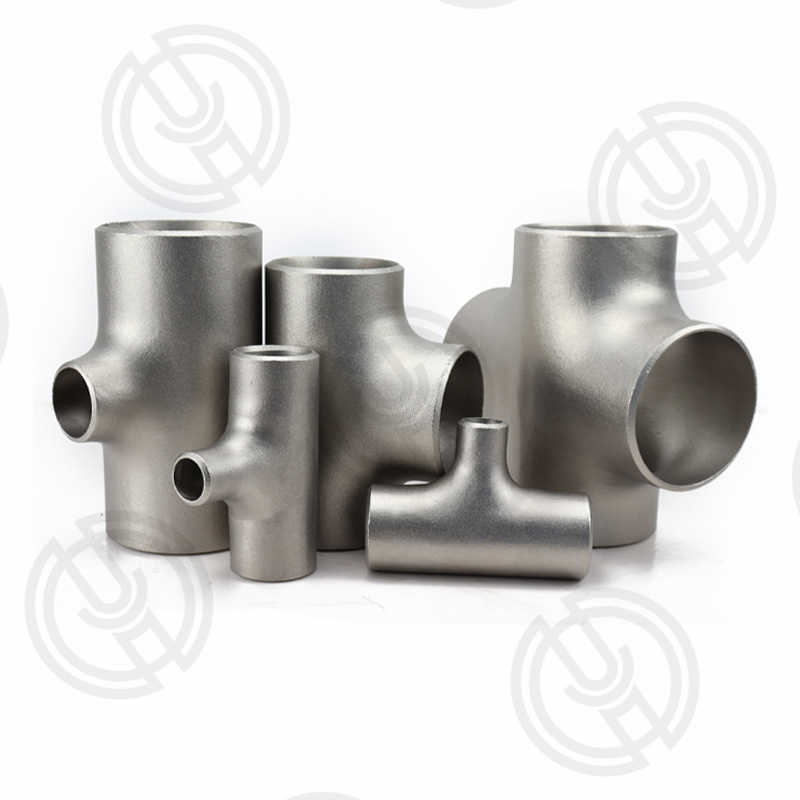
Suitable 316L Mo ≥ 2.5% stainless steel materials and specifications need to be selected based on specific FPSO design requirements and operating environment, and installed and maintained in accordance with relevant standards and specifications. In practical applications, it is recommended to consult professional engineers and refer to relevant industry standards to ensure the performance and reliability of 316L Mo ≥ 2.5% stainless steel in FPSO.
Under sea conditions, 316L Mo ≥ 2.5% materials have certain advantages in point corrosion resistance compared to ordinary 316L materials. The following is a comparison of the corrosion resistance of forged flanges, welded pipe fittings, and forged fittings with ordinary 316L materials under sea conditions:
1. Forged flange: Forged flange is a process of forming a flange by heating a metal blank to a certain temperature and applying pressure to cause plastic deformation. Forged flanges usually have higher density and uniformity, and better surface quality. For forged flanges made of 316L Mo ≥ 2.5% material, due to the addition of high alloy elements such as molybdenum, they have better resistance to pitting corrosion and can reduce the risk of pitting corrosion.
2. Butt welded pipe fittings: Butt welded pipe fittings are a type of pipe fitting that connects pipes by welding at the pipe connection. For butt welded pipe fittings made of 316L Mo ≥ 2.5% material, due to the addition of high alloy elements such as molybdenum, they have good resistance to pitting corrosion and can reduce the potential risk of pitting corrosion. In addition, appropriate preventive measures need to be taken for the welds of welded pipe components to ensure the corrosion resistance of the weld area.
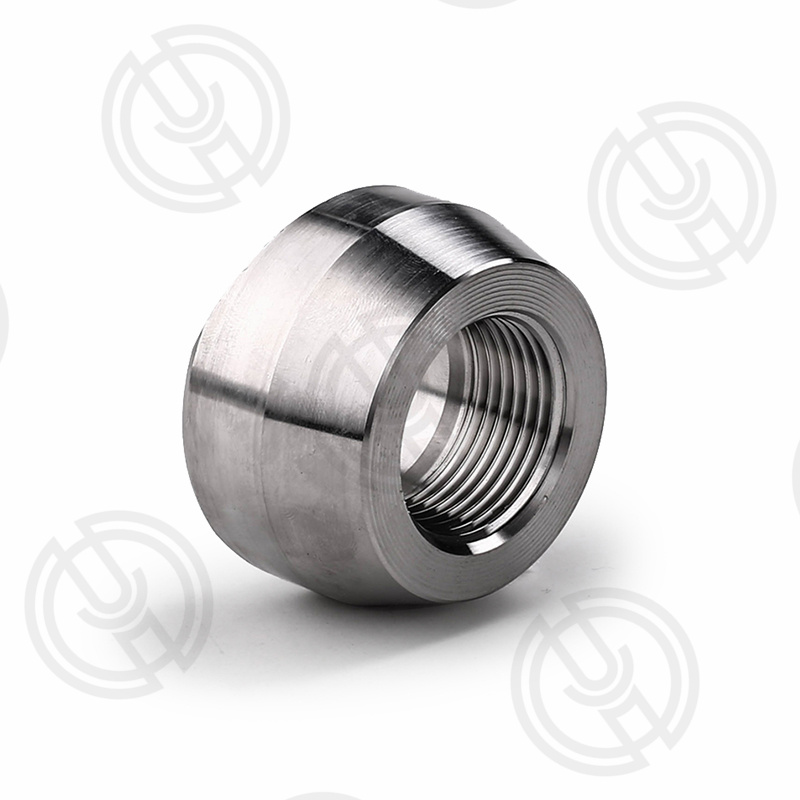
3. Forged pipe fittings: Forged pipe fittings are the process of forming pipe fittings by plastic deformation of metal billets under high temperature and pressure conditions. Forged pipe fittings usually have good density and uniformity, and can also provide good resistance to spot corrosion for materials with 316L Mo ≥ 2.5%.
Compared with ordinary 316L materials, the high molybdenum content of 316L Mo ≥ 2.5% material gives it higher resistance to spot corrosion. The addition of molybdenum can improve the corrosion resistance of materials, especially with good resistance to corrosive media such as chloride ions in marine environments. Therefore, under sea conditions, forged flanges, butt welded pipes, and forged fittings made of 316L Mo ≥ 2.5% material can provide better resistance to pitting corrosion compared to ordinary 316L materials, reducing problems caused by pitting corrosion. However, specific performance differences still need to consider other factors, such as material preparation process, environmental conditions, etc., and refer to relevant specifications and practical application experience for comprehensive evaluation.

